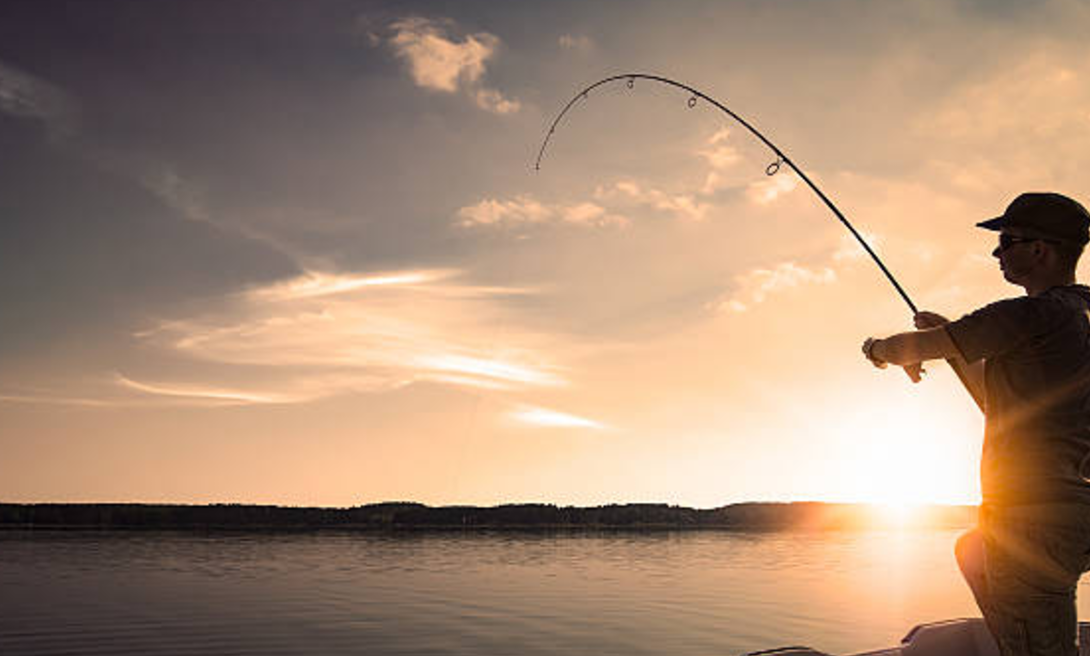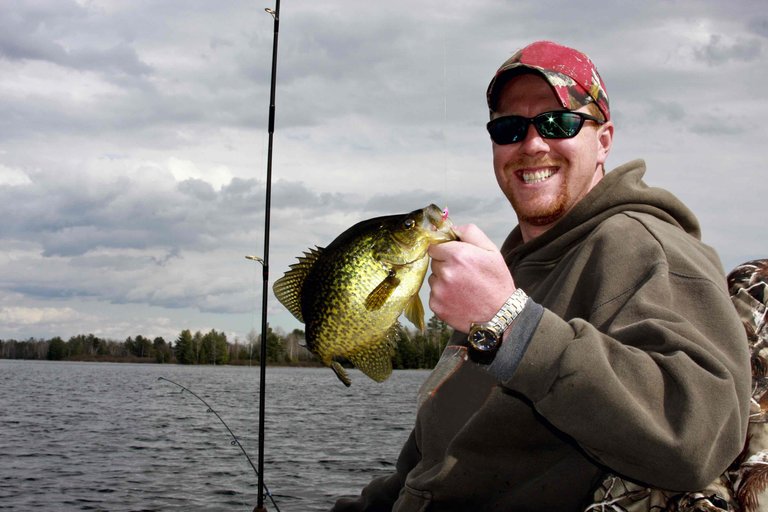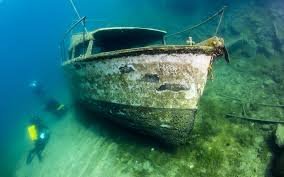Avoid These Striper Fishing Mistakes

When it comes to striper fishing, it seems like the angler success rate on any given trip is either awesome or awful, and there’s no in between. Striped bass can be tough to find. They’re always on the move in search of their next meal. They’re unpredictable beasts, too. You may not find them at the same depth or same location from one day to the next. Or even one hour to the next.
Nobody knows this better than Captain Mike, a striper fishing veteran of 23 years on South Carolina’s Lake Murray. As one of the lake’s most popular guides, he’s seen plenty of anglers set themselves up for failure. Following are common blunders when fishing for freshwater stripers and Captain Mike’s prescriptions for how to fix them.
Mistake #1
You show up with one style of striper fishing. If you’re into freelining, your game plan probably consists of a trolling motor, a hook and a herring. You’ve scored before pulling bait slowly through one- to two-feet of water so you’re not going to move off that strategy, no matter what. The problem is that was so yesterday. The fish have moved on and so should you.
The solution
Key in to current conditions and be willing to adjust your strategy. For example, is it hot and sunny? Those are two factors that will drive stripers deep. These heat-sensitive nomads may head to depths of 40 feet or more to find a temperature and oxygen level they’re comfortable with. So you may want to switch up your game by adding a sinker to your rig to do some deep water fishing.[pullquote]"Vary your style of striper fishing according to the weather, time of year, and even the time of day."[/pullquote]
See a commotion at the surface on a cloudy day? It might be stripers feeding on bait fish. Time to dig out those artificial lures. Try throwing a popper, surface minnow or other topwater lure.
Mistake #2
You come to the party with striper fishing tackle that is too big and too heavy. If you’re showing up with size 10/0 hooks and 20-pound test fishing line, you can probably leave your fillet knife at home. Sure, I know the odds are poor in getting three anglers to agree on what fishing tackle is best. But if you’re fishing with live bait, heavy line can change baitfish presentation and may be visible to striped bass.
The Solution
Line matters and Captain Mike recommend sticking with 10-pound or 12-pound test. Plus, it makes catching striped bass a lot more fun.
Mistake #3
No aeration system for your bait tank. Baitfish and humans have more in common than you might think. We both need oxygen to live.
The Solution
Pony up the cash for a decent aeration system. Keep those herring or shad lively with oxygenated water, and they’ll last longer and be more frisky. In the long run, you’ll save money and get more bites.
Mistake #4
Your knowledge of how to use your fish finder equals your understanding of quantum physics, nuclear fission and how to use Facebook’s privacy settings.
The Solution
Read the owner’s manual. Yes, it probably reads like it was written by a dysfunctional team of robots, however, it contains useful information about your unit. You’ll learn how to mount the fishfinder in your boat, what your various menu options are, how to use the situation mode to master the functions, and how to read the display.
Getting the most out of your fishfinder is kind of rocket science because there’s so much to learn. So after reading (and understanding) the manual, it’s recommended you dedicate your next visit to the lake to practicing how to use this piece of equipment.
While it’s not a mistake to fish a new lake, it can feel like one if you aren’t catching anything. One of the best ways to unlock the striper fishing secrets of any body of water is to hire an experienced guide. You’ll get your money’s worth learning the lay of the lake, what baitfish and lures work best as well as a bevy of tackle tips. With all that information, you’ll be ready to go it alone on your next trip.



